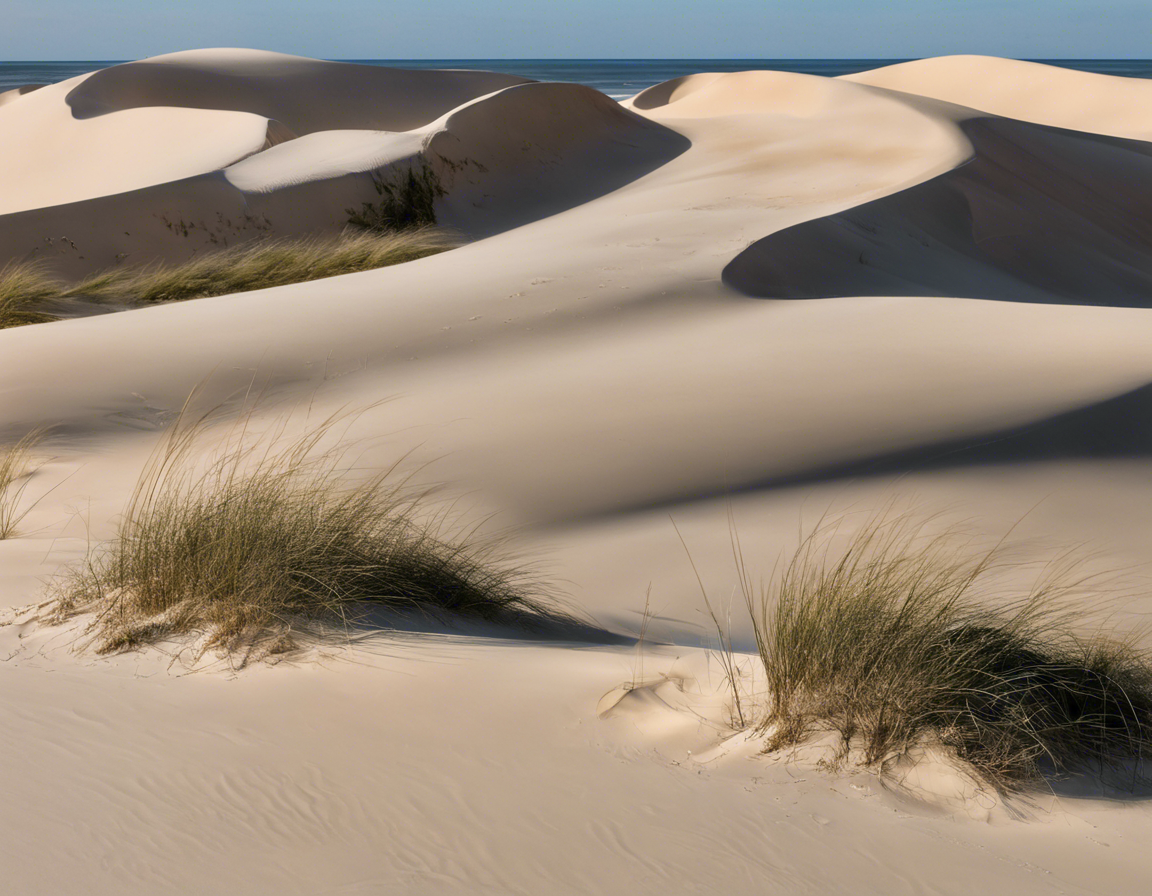The vast and captivating landscapes of deserts have long piqued the interest of people around the world. They are characterized by their arid conditions, extreme temperatures, and sparse vegetation, making them both challenging and intriguing environments. One of the most famous and iconic types of desert is the dune desert, a terrain dominated by vast expanses of shifting sand dunes. In this article, we will delve into the fascinating world behind the dune, exploring their formation, characteristics, ecological importance, and cultural significance.
Formation of Dunes
Dunes are formed through the interaction of various factors such as wind, sediment supply, and topography. The primary driver of dune formation is wind, which carries sand particles and deposits them in certain areas where they accumulate over time. As the sand accumulates, it forms mounds that are then shaped by the prevailing winds into the characteristic crescent or linear dunes that we commonly see in deserts. The process of dune formation is a dynamic one, with dunes constantly shifting and changing shape in response to wind patterns.
Characteristics of Dunes
Dunes come in various shapes and sizes, depending on factors such as wind direction, sand supply, and local topography. Some of the common types of dunes include:
-
Barchan Dunes: These are crescent-shaped dunes with horns pointing downwind. They are commonly found in areas with limited sand supply.
-
Transverse Dunes: These dunes form ridges that are perpendicular to the wind direction, often creating a series of parallel dunes.
-
Star Dunes: These complex dunes have multiple arms and are formed in areas where wind patterns are variable.
-
Parabolic Dunes: Similar to barchan dunes but with horns pointing upwind, these dunes are often found in coastal regions.
Ecological Importance of Dunes
Dune environments are not just barren landscapes; they are home to a diverse range of plant and animal species that have evolved unique adaptations to survive in this harsh environment. Plants such as xerophytes and succulents have developed mechanisms to conserve water and thrive in sandy soils, while animals like desert beetles and lizards have adapted to the extreme temperatures and scarcity of resources. Dune ecosystems also play a vital role in stabilizing coastal areas and preventing erosion, making them crucial for maintaining the health of coastal environments.
Cultural Significance of Dunes
Dunes have long held a special place in human culture and mythology, often featuring prominently in art, literature, and folklore. In many desert cultures, dunes are seen as symbols of both challenge and beauty, reflecting the harsh yet awe-inspiring nature of the desert landscape. Dunes have also served as important landmarks and navigational aids for travelers, guiding them through the vast expanse of the desert. Additionally, dune environments have inspired artists, writers, and filmmakers, who have captured the mystique and grandeur of these landscapes in their works.
5 Frequently Asked Questions About Dunes
-
How do sand dunes form?
Sand dunes form through the accumulation of sand particles carried by wind and their subsequent deposition in certain areas where they accumulate over time. -
What factors influence the shape of dunes?
The shape of dunes is influenced by factors such as wind direction, sand supply, and local topography. -
Are there any plants that grow on sand dunes?
Yes, there are several plant species, such as xerophytes and succulents, that have adapted to thrive in dune environments. -
Do dunes serve any ecological purpose?
Dunes play a crucial role in stabilizing coastal areas, preventing erosion, and providing habitats for a diverse range of plant and animal species. -
What is the cultural significance of dunes?
Dunes have been a source of inspiration in art, literature, and mythology, symbolizing challenge, beauty, and the grandeur of the desert landscape.
In conclusion, dunes are not just sandy hills in the desert; they are dynamic, ecologically important, and culturally significant landscapes that capture the imagination of people around the world. By understanding the formation, characteristics, and significance of dunes, we can develop a deeper appreciation for these unique and captivating environments.
